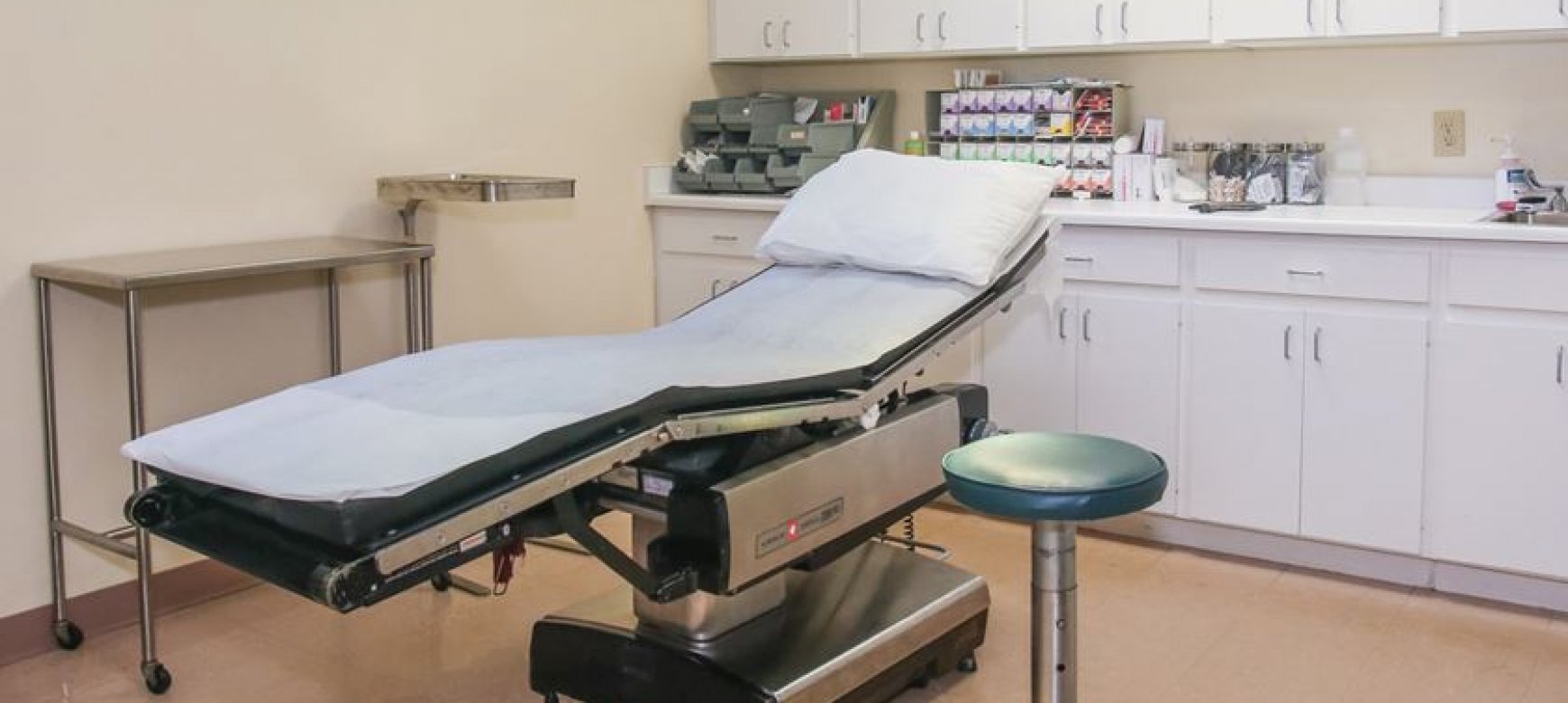
Your exam room and interventional area are the heart of your business. Their good organization and spatial planning play a key role in the extent to which they function efficiently. More specifically, an efficient clinic is characterized by the following elements:
1. Organization
Medical supplies are stored in drawers and cabinets by category and everyone knows the location of each supply. Stocks of each material are checked for any shortages every week or every day.
2. Easy access to essentials
The surgical tools and the necessary consumables for each incident are easily accessible from the doctor's position, either on a table or in a drawer. Gauzes, syringes, disinfectants or other useful materials are in "convenient" places that can be reached without the doctor getting up from his seat. The waste bin and sharps disposal box are within "shot radius".
3. Ergonomics
The ergonomics of medical equipment is very important for the daily work of the doctor. Basic equipment such as the interventional chair must be able to be adjusted to the doctor's needs so that he/she can work more efficiently and easily. At the same time, the doctor's work seat must support the body properly and avoid strain even after long hours of work.
4. Freedom of movement
The corridors around the examination / interventional bed are free of anything unnecessary. The cables of the devices are hidden so that they do not pose a danger to the doctor or anyone else. There is also no more than a wheeled table as it will hinder the doctor's freedom of movement. Finally, the counters and surfaces of the clinic are free of useless objects
5. All in the Light
In the work area there is a strong homogeneous LED lighting aimed at the examination / interventional bed. This lighting has a high color rendering (above 75) for the most faithful display of colors. If the lighting is wall- or ceiling-mounted, then even more space is freed up, giving more flexibility.